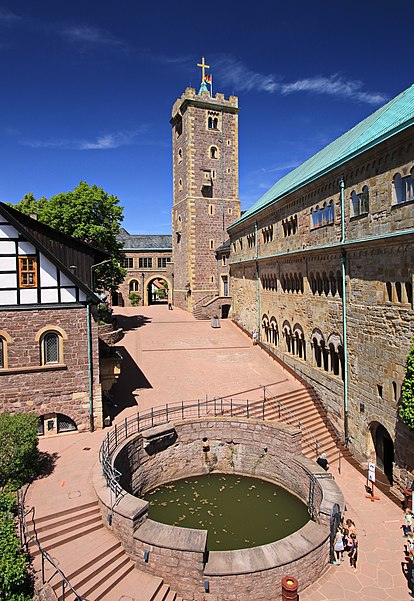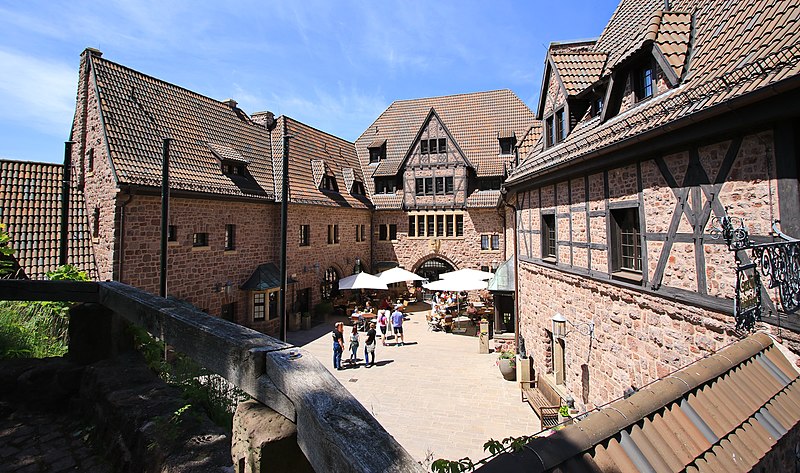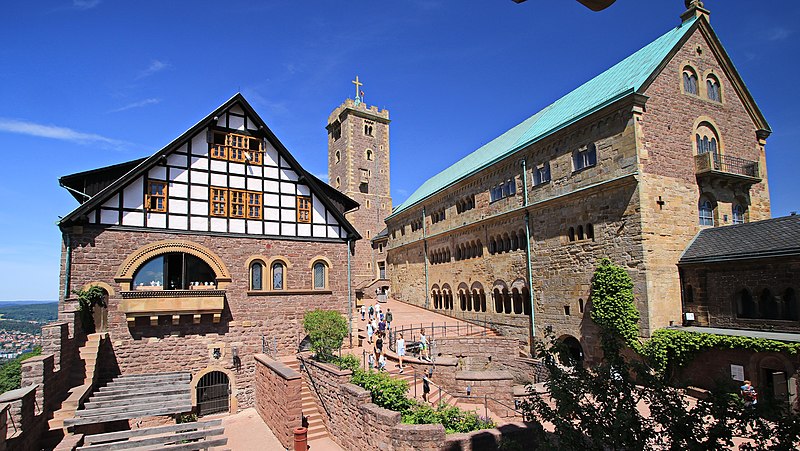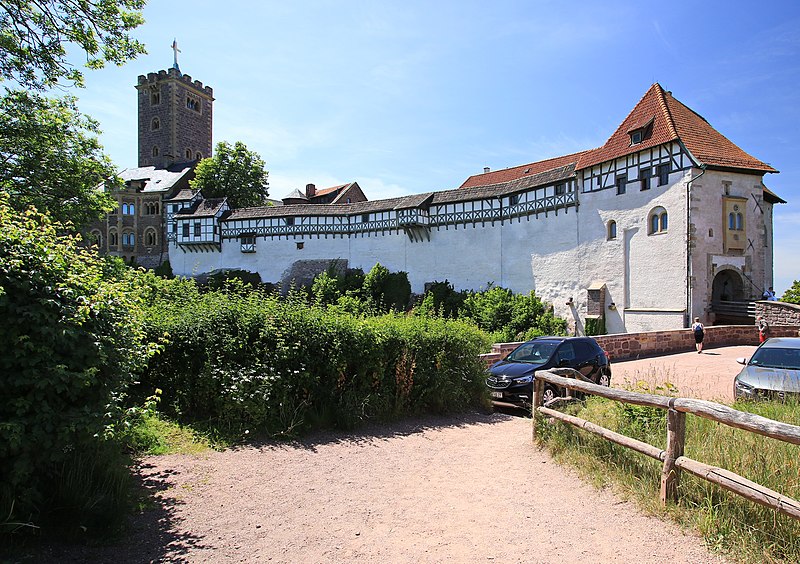Wartburg
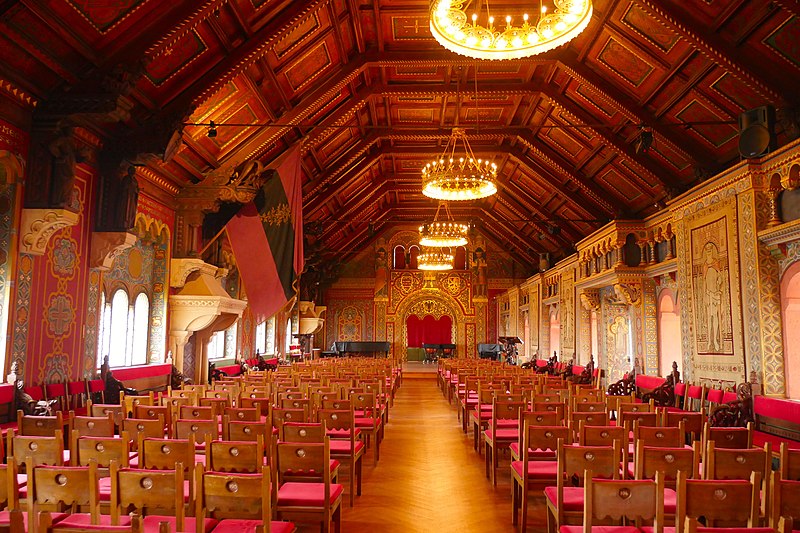
Facts and practical information
Perched atop a precipitous rock in the Thuringian Forest, Wartburg Castle is a monumental testament to German history and culture. This well-preserved medieval palace, located near the town of Eisenach, Germany, has been a UNESCO World Heritage site since 1999. Dating back to its foundation in 1067 by Count Ludwig the Springer, Wartburg Castle has been a pivotal stage for a series of significant events in German history.
The castle's most famous resident was Martin Luther, who sought refuge here under the protection of Elector Frederick the Wise of Saxony. During his stay from 1521 to 1522, Luther translated the New Testament into German, making the Bible accessible to ordinary people and fueling the Protestant Reformation.
Wartburg Castle also played host to the legendary Minnesingers' contest, immortalized in Richard Wagner's opera "Tannhäuser." The castle's architecture is a blend of Romanesque, Gothic, and Renaissance styles, reflecting its long history of construction and renovation. The palace's opulent interiors include the Festsaal, or Grand Hall, which is adorned with frescoes and wood carvings that evoke the medieval era.
Visitors to Wartburg Castle can explore its many rooms and chambers, including Luther's study, where he worked on his translation. The castle's museum exhibits a range of artifacts, including medieval weapons, tapestries, and artworks, offering a glimpse into life during the Middle Ages.
Wartburg – popular in the area (distance from the attraction)
Nearby attractions include: Das verfluchte Jungfernloch, Eisenach Charterhouse, Gedenkstätte Goldener Löwe, Karthausgarten.


